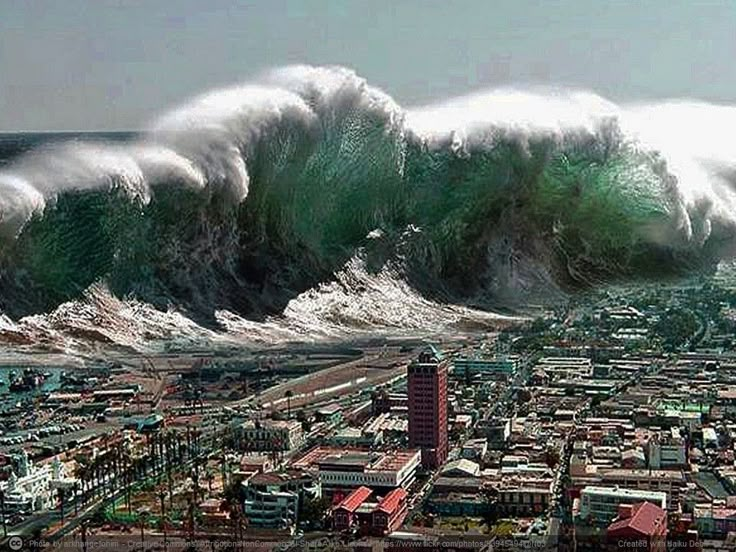
General
17 Jul 25
Welcome to the download page!
Please wait for 10 seconds...
Alaska Tsunami: Understanding the Risks, History, and Preparedness
Alaska, known for its breathtaking landscapes and rugged coastline, is also one of the most seismically active regions in the world. This geological activity makes the state highly susceptible to tsunamis, massive ocean waves triggered by underwater earthquakes, volcanic eruptions, or landslides. In this comprehensive guide, we will explore the history of Alaska tsunamis, the science behind them, high-risk areas, and essential preparedness tips to stay safe.
The Science Behind Alaska Tsunamis
Tsunamis are not typical ocean waves. Instead, they are a series of powerful, fast-moving waves caused by the sudden displacement of large volumes of water. In Alaska, the primary causes of tsunamis include:
1. Subduction Zone Earthquakes– The Aleutian Megathrust, where the Pacific Plate slides beneath the North American Plate, generates some of the world’s most powerful earthquakes. The 1964 Great Alaska Earthquake (magnitude 9.2) triggered a devastating tsunami that reached heights of 220 feet in some areas.
2. Landslides – Glacial retreat and melting permafrost can destabilize slopes, leading to underwater landslides that displace water.
3. Volcanic Activity – Alaska’s active volcanoes, such as those in the Aleutian Islands, can cause tsunamis if an eruption occurs near or beneath the ocean.
1. The 1964 Great Alaska Earthquake and Tsunami
- Magnitude: 9.2 (the second-largest earthquake ever recorded)
- Tsunami Height: Up to 220 feet in Valdez, 30 feet in Seward
- Impact: Destroyed entire coastal communities, killed over 130 people
- Key Lesson: Highlighted the need for better warning systems and evacuation plans.
2. The 1958 Lituya Bay Megatsunami
- Cause: A massive landslide triggered by a 7.8 earthquake
- Wave Height: Estimated at 1,720 feet (the tallest tsunami in recorded history)
- Impact: Wiped out trees and vegetation up to 1,700 feet above sea level
3. The 2018 Kodiak Tsunami Warning
- Trigger: A 7.9 earthquake in the Gulf of Alaska
- Response: Immediate evacuation alerts; luckily, no major waves hit.
Alaska’s Most Tsunami-Prone Regions
Some coastal areas are at higher risk due to their proximity to fault lines and steep underwater terrain. The most vulnerable locations include:
- Seward & Whittier – Prone to landslides and seismic activity.
- Valdez – Heavily impacted in 1964 due to its location near the fault line.
- Kodiak Island– Frequently under tsunami warnings due to nearby earthquakes.
- Aleutian Islands – High volcanic and earthquake risks.
How Alaska’s Tsunami Warning System Works
The National Tsunami Warning Center (NTWC) in Palmer, Alaska, monitors seismic activity 24/7. When a threat is detected, they issue alerts through:
- Emergency Broadcasts(TV, radio, cell phone alerts)
- Sirens in coastal towns
- NOAA Weather Radios
Tsunami Preparedness: How to Stay Safe
1. Know the Signs – If you feel a strong earthquake near the coast, move to higher ground immediately.
2. Learn Evacuation Rout – Most coastal towns have marked tsunami evacuation paths.
3. Prepare an Emergency Kit – Include food, water, medications, and important documents.
4. Stay Informed– Sign up for local alerts and follow official updates.
The Future of Tsunami Preparedness in Alaska
Scientists are improving early detection through:
- Deep-ocean sensors (DART buoys)
- Better seismic monitoring technology
- Community education programs
Final Thoughts
Alaska’s unique geology makes it a hotspot for tsunamis, but with proper awareness and preparedness, residents and visitors can reduce risks. Understanding past disasters, recognizing warning signs, and knowing evacuation plans can save lives.
Thank you for watching....